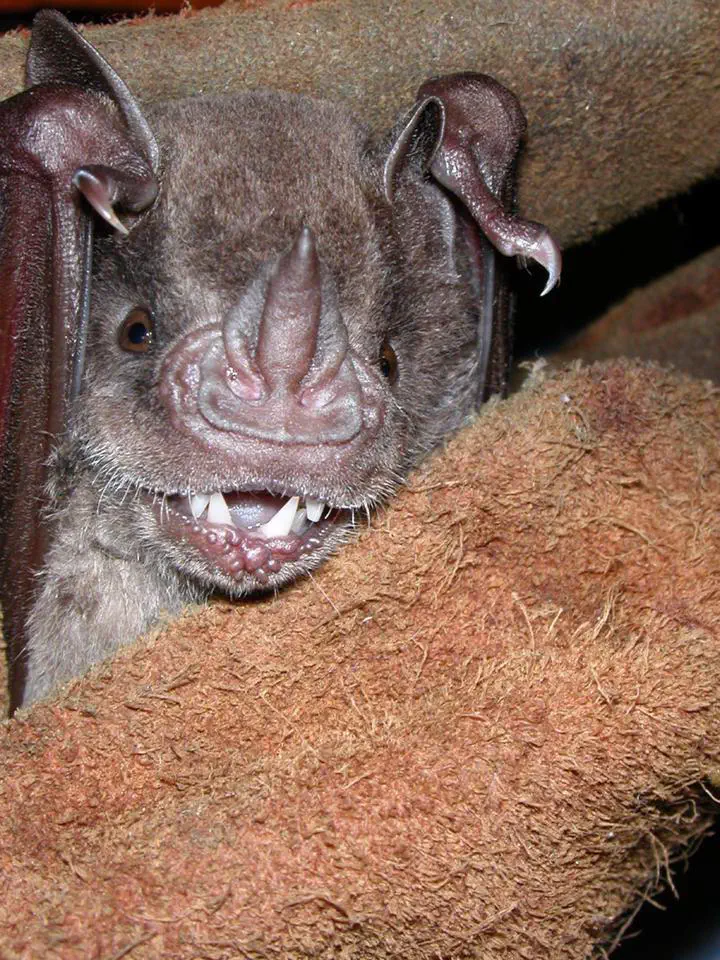Exploring population genetic structure in three species of Lesser Antillean bats
 Image credit: Liliana M. Davalos
Image credit: Liliana M. Davalos
Abstract
We explore population genetic structure in phyllostomid bats (Ardops nichollsi, Brachyphylla cavernarum and Artibeus jamaicensis) from the northern Lesser Antilles by investigating the degree to which island populations are genetically differentiated. Our hypothesis, that the island populations are genetically distinct because of a combination of founding events, limited migration and genetic drift exacerbated by catastrophe‐induced fluctuations in population size, is derived from a priori hypotheses erected in the literature. The first prediction of this hypothesis, that within each species island populations are monophyletic, was tested using a parametric bootstrap approach. Island monophyly could not be rejected in Ardops nichollsi (P = 0.718), but could be rejected in B. cavernarum (P < 0.001) and Artibeus jamaicensis (P < 0.001). A second prediction, that molecular variance is partitioned among islands, was tested using an amova and was rejected in each species [Ardops nichollsi (P = 0.697); B. cavernarum (P = 0.598); Artibeus jamaicensis (P = 0.763)]. In B. cavernarum and Artibeus jamaicensis, the admixture in mitochondrial haplotypes from islands separated by > 100 km of ocean can be explained either by interisland migration or by incomplete lineage sorting of ancestral polymorphism in the source population. As an a posteriori test of lineage sorting, we used simulations of gene trees within a population tree to suggest that lineage sorting is an unlikely explanation for the observed pattern of nonmonophyly in Artibeus jamaicensis (PW < 0.01; PSE = 0.04), but cannot be rejected in B. cavernarum (PW = 0.81; PSE = 0.79). A conservative interpretation of the molecular data is that island populations of Artibeus jamaicensis, although isolated geographically, are not isolated genetically.